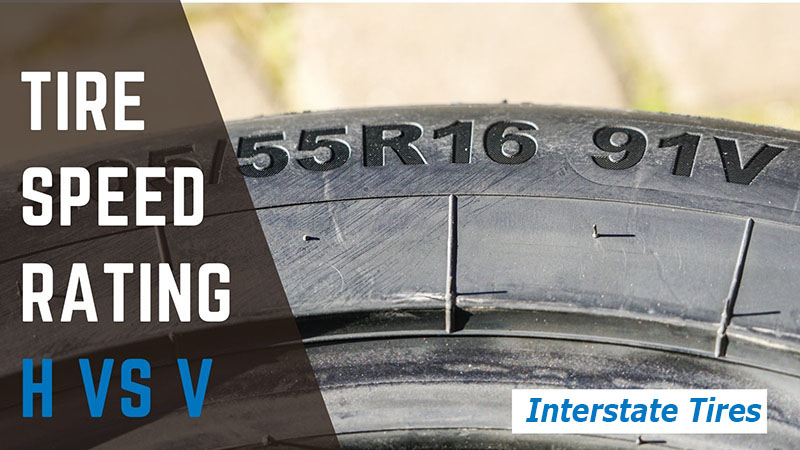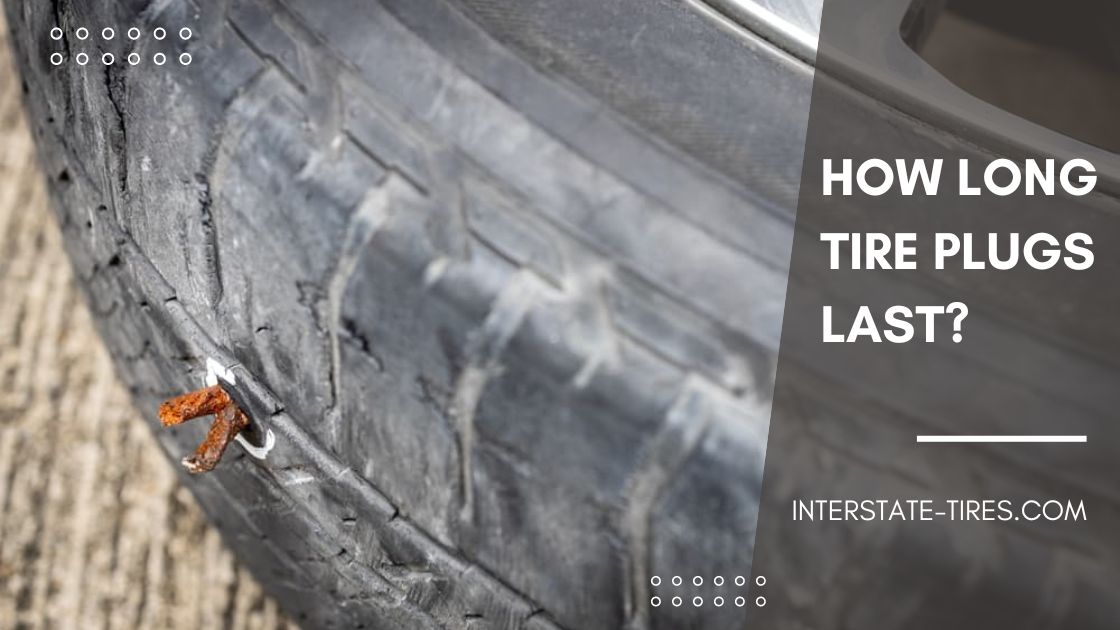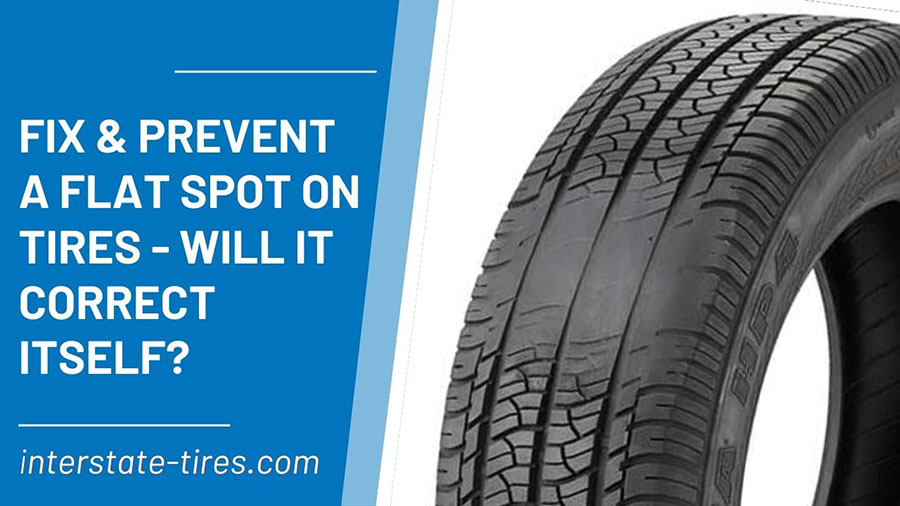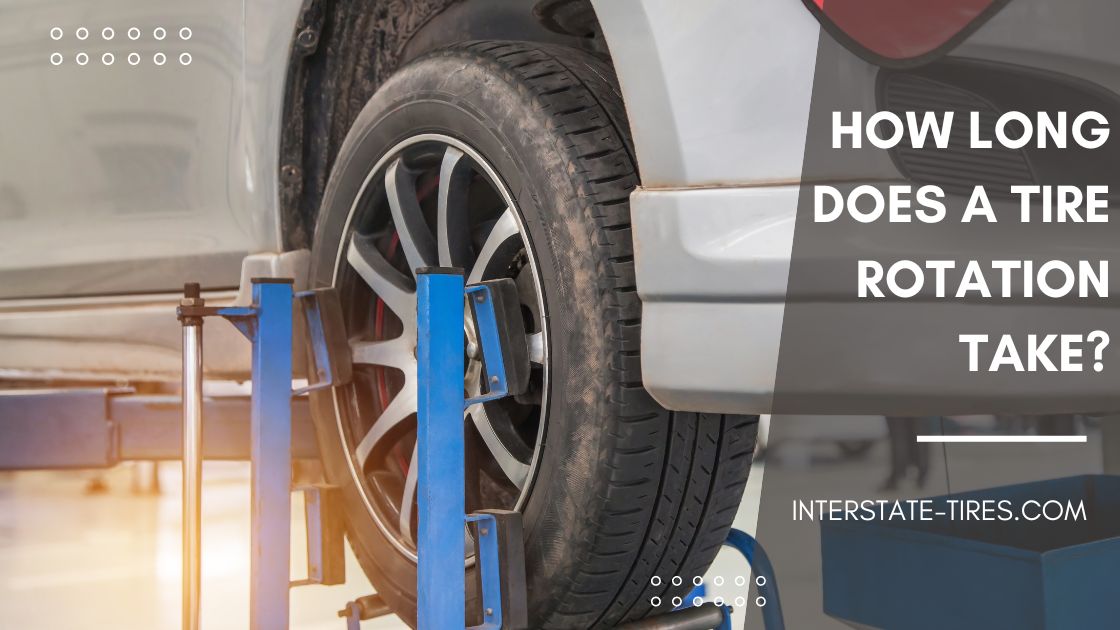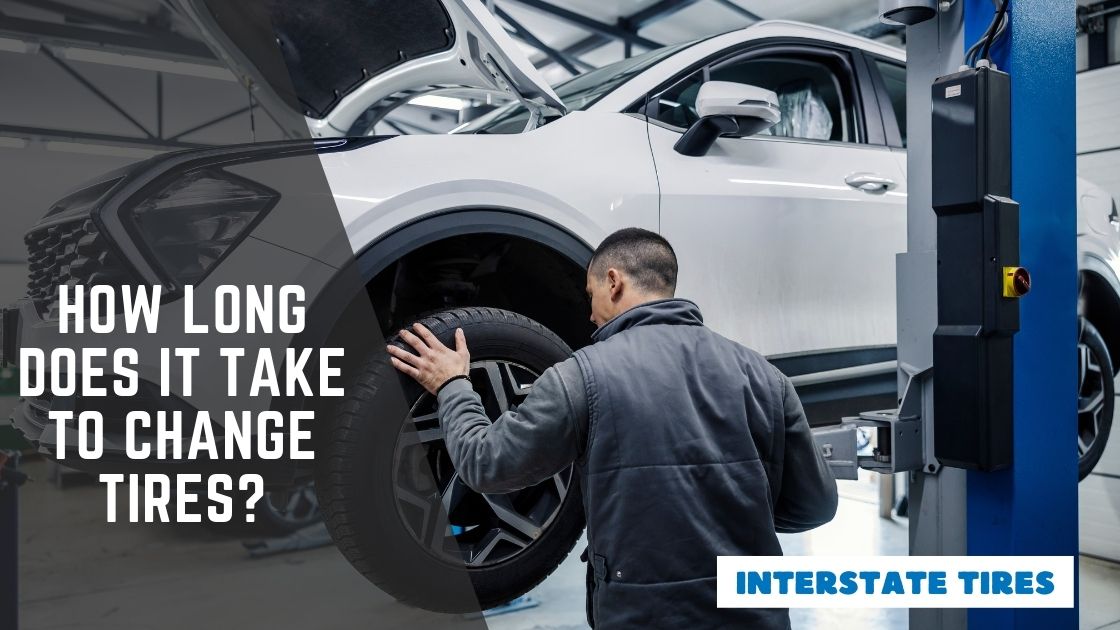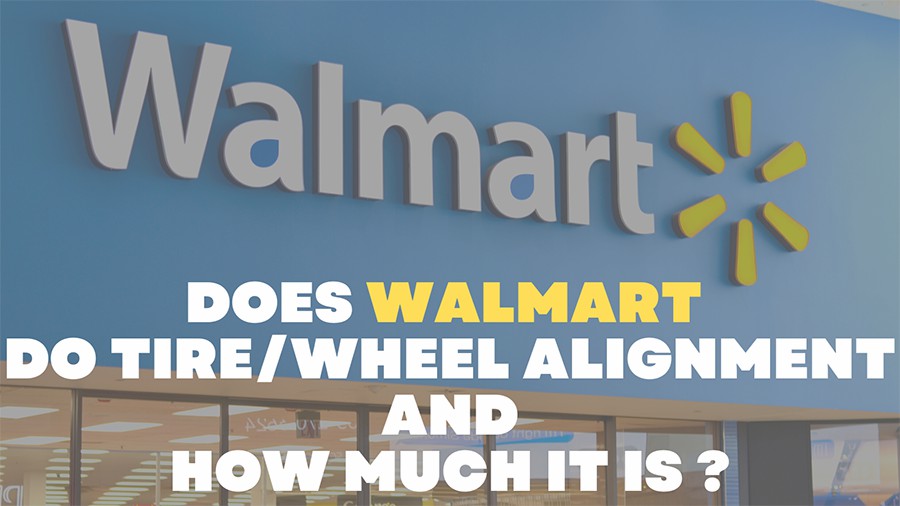Choosing a tire is not just about size, brand, or materials. Not many people know about the speed rating – the maximum speed – displayed by capitalized letters. Two popular options for car lovers are H and V speed ratings. The question is: which is better? Scroll down to learn the answer.
Table of Contents
What Do V And H Mean On Tires?
The letters “H” and “V” indicate the maximum speed determined by the vehicle manufacturer that you can accelerate. This term puts the driver within limits for a safe ride with a full load under favorable conditions.
The entire ranking was born in the 1980s when cars became fast. It starts at 3 mph (A1) and hits the upper 186 mph (Y). There are 30 performance levels, but everyday items often opt for only 10.
As seen above, the speed symbols are marked as the alphabet, but H comes in between U and V. Some people believe that such an arrangement implies the meaning of “highway” behind H instead of the alphabetical order of the rest.
Speed Rating H vs. V: Can You Use Them Interchangeably?
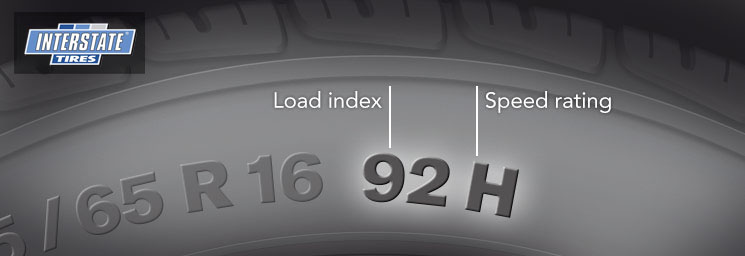
Absolutely, NO. H-rated tires only allow you to rev up within a maximum range of 130 mph. In comparison, V-rated ones extend the performance of tires up to 149 mph.
The distinction comes from the theoretical aspect of speed and the driving experience. One thing is certain: swapping the two is not good for the vehicle or the driver.
So which one is for you? Learn the differences, and you will have the answer.
Handling
To cater to the fast pace experience, each tire is designed with a specific material. V tires come with a soft rubber compound. This material is ideal for handling corners and gripping the road. However, it does have a stiffer sidewall to enhance tire integrity at lightning speed.
In contrast, the solid tread rubber of H items is optimized for all-weather performance. Its traction and handling are fine but never beat V-rated counterparts.
Ride Comfort
The H-to-V transition is the switch from passenger vehicles to performance ones. Hence, there is no doubt about H tires’ superiority in a comfortable ride.
The stiffer construction of V items for handling is traded off by bouncing bumps. These tires cannot absorb and convert shock like the H ones. You may get dizzy when your vehicle enters uneven terrain.
However, some professional drivers are not so worried about this feature. The wealth of experience teaches them how to handle obstacles best.
Durability
Do H or V-rated tires last longer? Now it is time for the rubber compound to influence your decision. As mentioned above, the hard material of H tires contributes to their long tread life. This option also makes sense with all-weather performance, while tire experts often recommend V-rated tires for dry conditions.
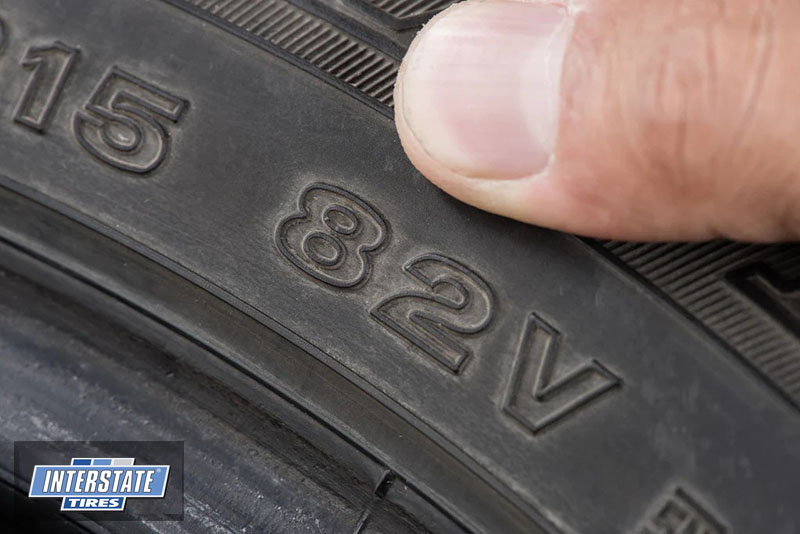
The softer the compound, the faster the tread will wear out. The transition from the lower speed limit to the higher one takes about 10,000 miles off the shelf life.
Safe
As long as you follow proper maintenance, especially correct tire pressure checks and condition, both options are geared towards safe driving. Both do not put you in danger within their rated range.
The only scenario where V tires overwhelm H-rated ones is when your car travels at extreme paces. Undoubtedly, the higher speed limit of the V tire guarantees a greater safety margin.
It is also worth noting that actual conditions affect the individual experience. For example, extremely hot weather in Arizona causes your tires to be damaged even if you never exceed top speed.
Verdict
H-rated tires aim for comfort and long life, while V-rated ones deliver better handling and easier acceleration. Besides, low-budget shoppers should go for H tires as they cost less.
The H option is meant for luxury SUVs, small sports vehicles, family sedans, or other commuter cars. The remaining choice often appears on performance cars or high-end sedans.
Simply put, if you love speed and dedicate most days to the track or autobahn, equip your car with high-performance V tires. For normal drivers who prefer durability and versatility, take the H tire home for daily travel.
FAQs
Can I Mix Speed Ratings?
100% NO. All tire professionals recommend a uniform specification on all tires, as this will badly affect the car handling. At the very least, your auto parts should be the same in tire rating, size, tread pattern, and tire load capability.
If this is your last resort, tires with lower speed ratings should be mounted on the front.
Where Do I Find My Tire’s Speed Rating?
Look at the sidewall and search for a symbol of letters and numbers. The last letter in the sequence is your tire speed rating.
Does Tire Speed Rating Matter?
Of course, yes. The maximum tire speed determines your control and tire tread life.
Conclusion
It is easy to understand speed ratings H and V, but what matters is to determine which is right for your intended use. Though low-grade items may cost less, you should not install them to save money. Consider high-speed tires when you need better handling and larger output power.
See more: How Long Does It Take to Change and Get New Tires Installed?

